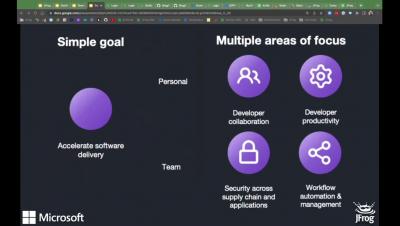Mend API Helps Make SBOMs Simple
The proliferation of third-party software components such as open source software(OSS) has triggered a growing need to keep track of it all. Why? Because when security vulnerabilities inevitably crop up in open source components, it’s pretty important to know whether your company uses that piece of code – or whether it appears in the myriad software dependencies inherent in open source.








